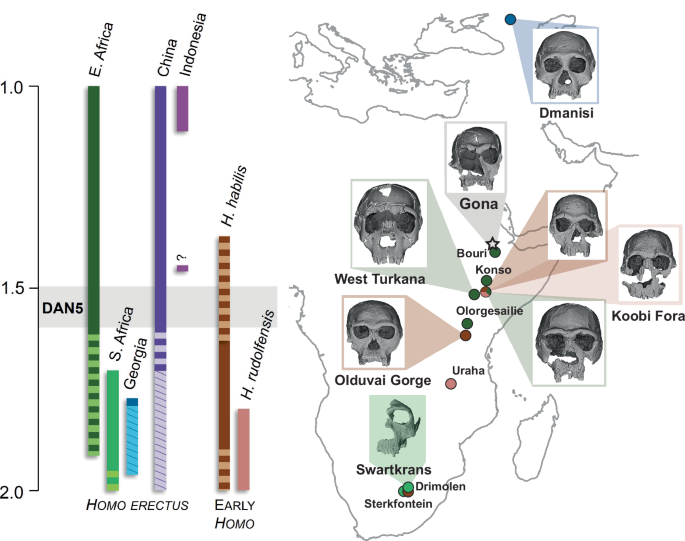- Menstruation Linked to Longer Football Injury Recovery Medscape
- Your period may make sport injuries more severe New Scientist
- FC Barcelona Study Finds Menstrual-Phase Injuries Heal More Slowly Technology Networks
- Injury burden is higher during…
Category: 7. Science
-
Menstruation Linked to Longer Football Injury Recovery – Medscape
-

Materials Information | AZoM.com – Page not found
Terms
While we only use edited and approved content for Azthena
answers, it may on occasions provide incorrect responses.
Please confirm any data provided with the related suppliers or
…Continue Reading
-

In conversation with Ryan Richards
How can researchers best frame the impact of their work to make sure its significance is recognised? What skills do today’s scientists need to develop to thrive in the decade ahead?
RSC Applied Interfaces associate editor Ryan Richards…
Continue Reading
-

Astronomers Snap a Rare Photo of a Super-Jupiter with Two Suns
If you read enough articles about planets in binary star systems, you’ll realize almost all of them make some sort of reference to Tatooine, the fictional home of Luke Skywalker (and Darth Vader) in the Star War saga. Since that…
Continue Reading
-

Researchers question methane atmosphere on TRAPPIST-1e
This is an artist’s concept of exoplanet TRAPPIST-1e, about 40 light-years from Earth. A new study urges caution when trying to determine if there is a methane atmosphere on TRAPPIST-1e, or any atmosphere at all. Image via NASA. - Is there a…
Continue Reading
-

Astronomers see monster stars from the cosmic dawn
Artist’s concept of a massive star. Did monster stars create the supermassive black holes astronomers see in the very early universe? A new study has found evidence that they did. Using the James Webb Space Telescope, a team of international… Continue Reading
-

At least half of world’s glaciers could disappear by 2100: Study
At least half of the world’s glaciers are expected to disappear by the end of the century due to climate change, according to a new study by Swiss researchers published Monday in the journal Nature Climate Change.
The study warns that between…
Continue Reading
-

New reconstruction of DAN5 cranium (Gona, Ethiopia) supports complex emergence of Homo erectus
Kimbel, W. H., Johanson, D. C. & Rak, Y. Systematic assessment of a maxilla of Homo from Hadar, Ethiopia. Am. J. Phys. Anthropol. 103, 235–262 (1997).
Google Scholar
Continue Reading
-

MAVEN telemetry shows changes to spacecraft orbit and rotation
WASHINGTON — New analysis suggests that problems with NASA’s MAVEN Mars orbiter may be more serious than a simple communications glitch.
NASA said Dec. 9 that it lost contact with the spacecraft three days earlier after MAVEN failed…
Continue Reading
-

James Webb Space Telescope could illuminate dark matter in a way scientists didn’t realize
Since it began operations in 2022, the James Webb Space Telescope (JWST) has allowed scientists to make incredible strides in our understanding of the cosmos — especially its early epoch. However, one lingering cosmological mystery that the…
Continue Reading